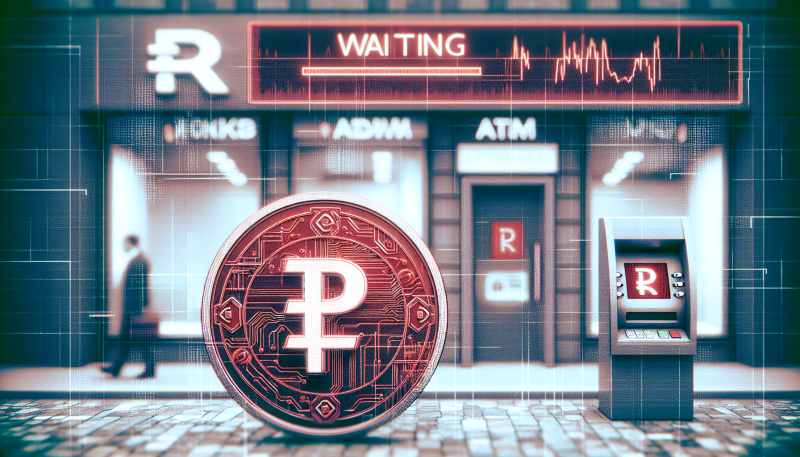What happened?
Russia’s plan to launch its Central Bank Digital Currency (CBDC), the digital ruble, has encountered delays with a nationwide rollout now potentially pushed to 2027. Originally set for a July 2025 launch, the Central Bank abruptly postponed it indefinitely earlier in the year. While some officials insist the digital ruble is ready for use, experts like Alexey Voylukov suggest that incentives will be crucial for widespread adoption.
Who does this affect?
The delay impacts Russian citizens, particularly those interested in adopting new digital payment methods, as well as businesses that may need to integrate this technology. The banking sector is also significantly affected, as many banks are still testing the digital ruble and forming strategies around its potential introduction. Moreover, government sectors conducting budgetary transactions using the digital ruble may also face adjustments to their financial operations timelines.
Why does this matter?
This delay in the digital ruble’s rollout could have ramifications on the broader financial market, influencing how Russia competes with other countries developing similar technologies. Furthermore, hesitancy from both banks and citizens may slow down digital financial innovation within Russia. If successful, however, a well-implemented digital ruble could redefine the country’s economic landscape and influence global CBDC developments.
